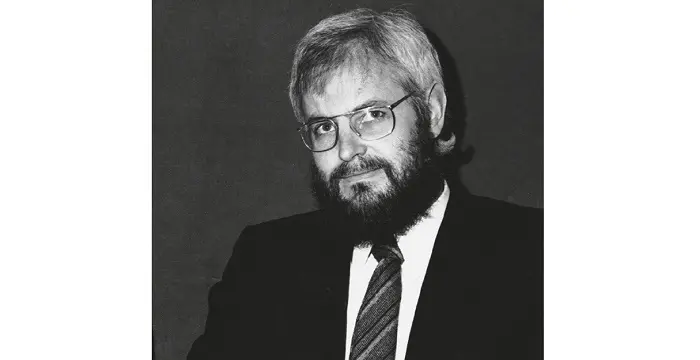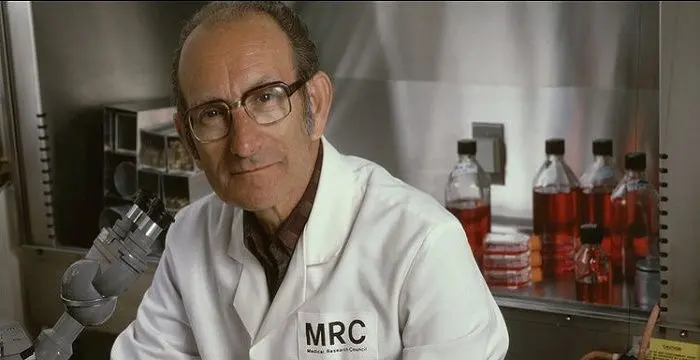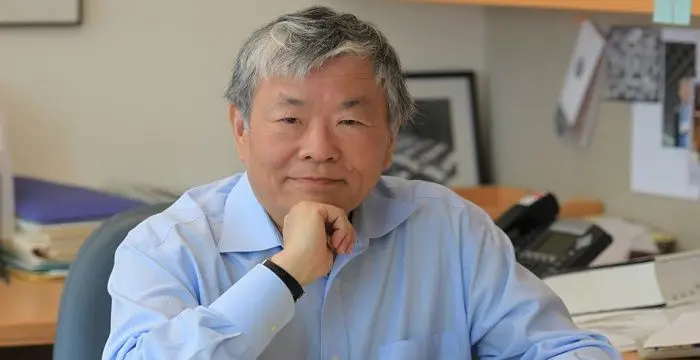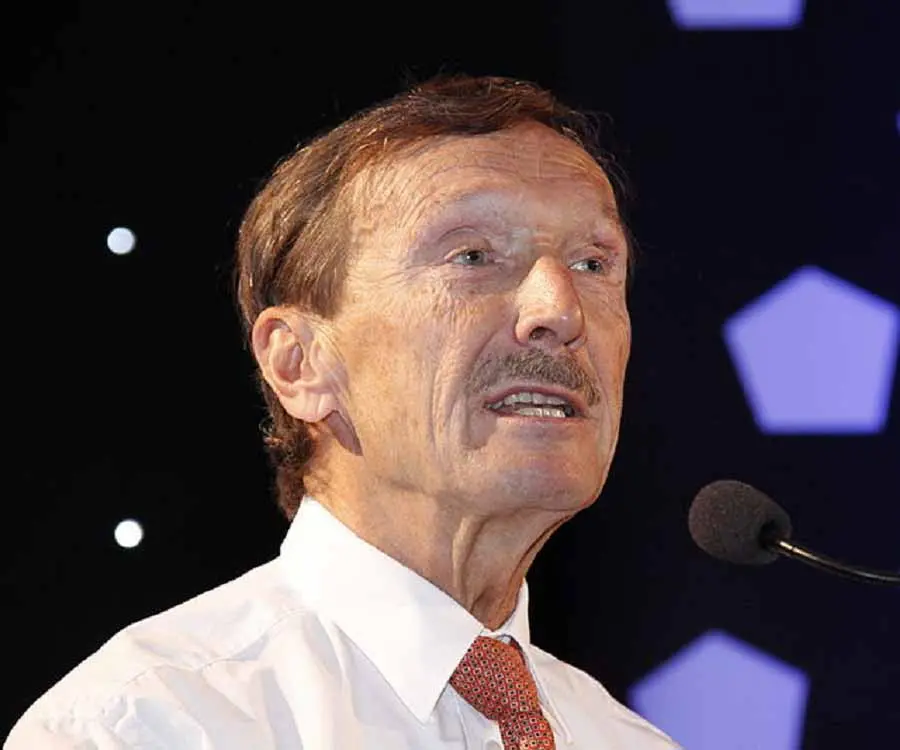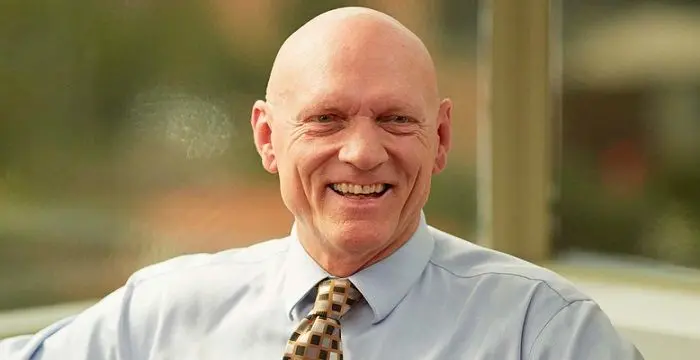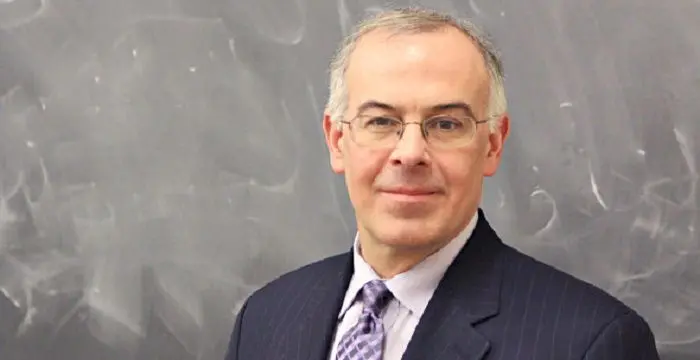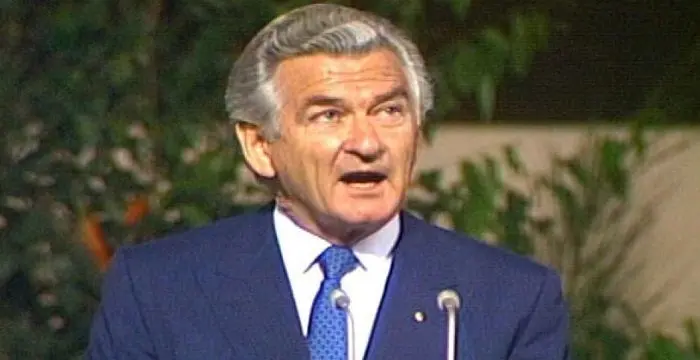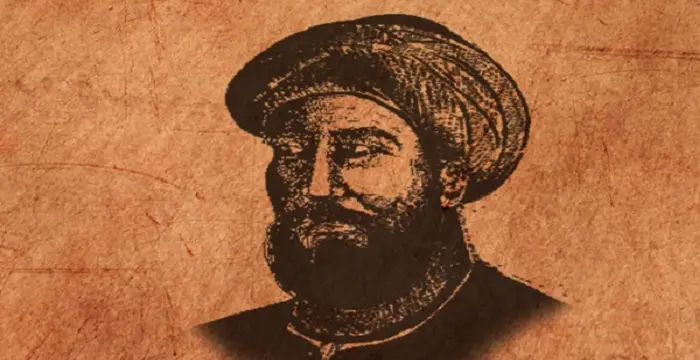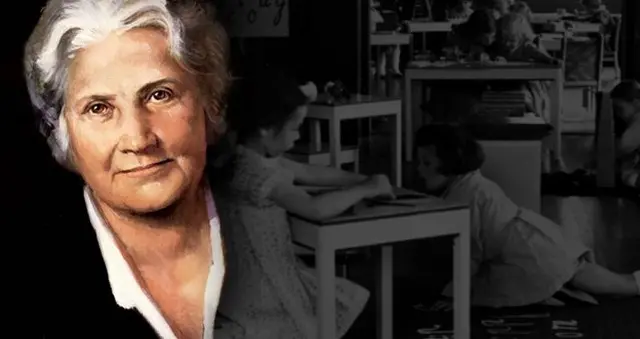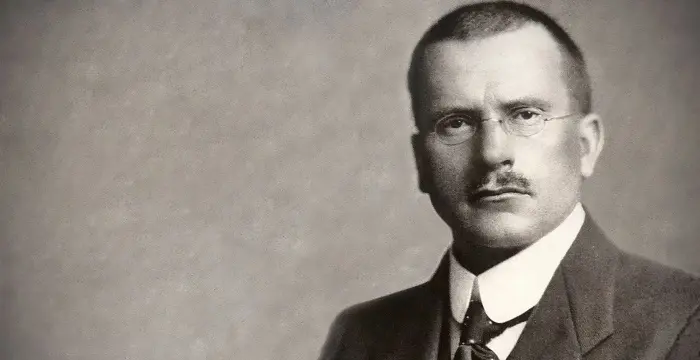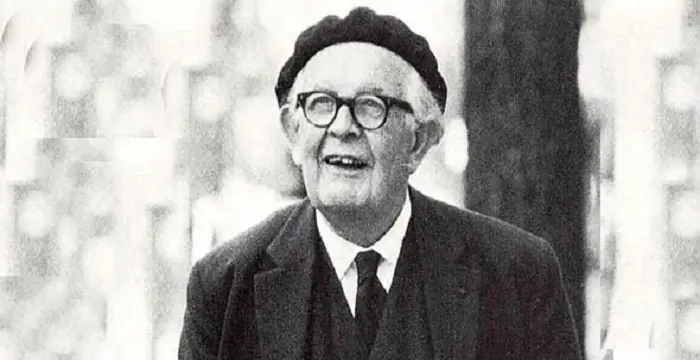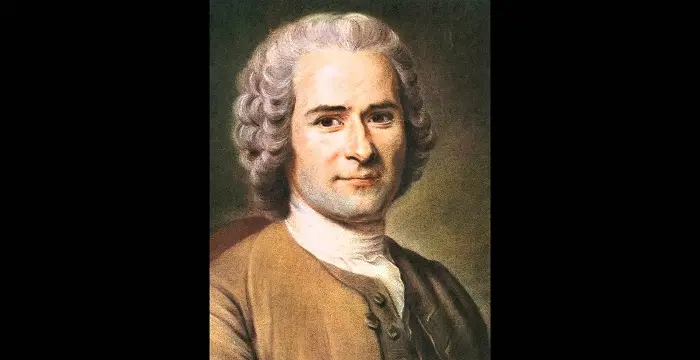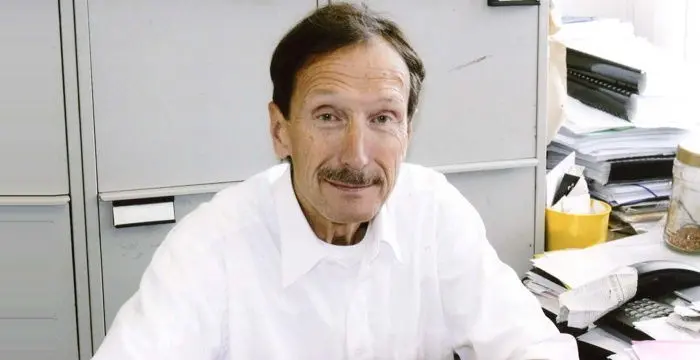
Rolf M. Zinkernagel - Immunologists, Family and Childhood
Rolf M. Zinkernagel's Personal Details
Rolf Martin Zinkernagel is an eminent Swiss immunologist who was one of the joint recipients of Nobel Prize in Physiology or Medicine in 1996
| Information | Detail |
|---|---|
| Birthday | January 6, 1944 |
| Nationality | Swiss |
| Famous | Australian National University (ANU), Physicians, Immunologists |
| Spouses | Kathrin Lüdin |
| Siblings | Anne Marie, Peter |
| Known as | Rolf Martin Zinkernagel |
| Childrens | Annelies Zinkernagel, Christine Zinkernagel, Martin Zinkernagel |
| Universities |
|
| Notable Alumnis |
|
| Birth Place | Riehen, Basel-Stadt, Switzerland |
| Gender | Male |
| Sun Sign | Capricorn |
| Born in | Riehen, Basel-Stadt, Switzerland |
| Famous as | Immunologist |
// Famous Immunologists
Georges J. F. Kohler
Georges J. F. Kohler was a German immunologist who received the Nobel Prize in Physiology or Medicine in 1984. Check this biography to get details about his life, profile and timeline.
Cesar Milstein
Cesar Milstein was an Argentinian biochemist who received the Nobel Prize for his discovery of monoclonal antibody. Explore this biography to get details about his life, career and scientific discoveries.
Susumu Tonegawa
Susumu Tonegawa is a Japanese molecular biologist who was awarded the Nobel Prize for Physiology or Medicine in 1987. This biography of Susumu Tonegawa provides detailed information about his childhood, life, achievements, works & timeline.
Rolf M. Zinkernagel's photo
Who is Rolf M. Zinkernagel?
Rolf Martin Zinkernagel is an eminent Swiss immunologist, who along with Peter C. Doherty, won the Nobel Prize in Physiology or Medicine in 1996 "for their discoveries concerning the specificity of the cell mediated immune defence". After receiving his degree in medicine, Zinkernagel first wanted to work among leprosy patients in Africa, but was refused. Next, he tried his hand at surgery at local hospital; but soon realized he was not cut out for such a job. So, he entered University of Basel to earn his M.D and then joined University of Lausanne for post-doctoral work. While working at Lausanne, he developed an interest in immunology and wanted to carry on further research on this subject. Finally he received such a scope at the Australian National University and set out for Canberra. There, working with Peter Doherty, he discovered how T-cells recognize virus-infected host cells and destroy them. Their work also threw light on the function of the major histocompatibility complex. Around two decades later, they received the Nobel Prize for this work. Zinkernagel spent the last years of his working life at the University of Zurich, continuing to work on immune protection and immune-pathology. Finally he retired on 2008; but continues to work in other capacities, trying to further biomedical research in Europe, especially Switzerland.
// Famous Australian National University (ANU)
Peter Garrett
Peter Garrett is an Australian singer from the rock band Midnight Oil, who later turned into a politician. This biography of Peter Garrett provides detailed information about his childhood, career, profile & timeline
David Brooks
David Brooks is a Canadian born American journalist, social analyst and leading political commentator. This biography of David Brooks provides detailed information about his childhood, life, achievements, works & timeline.
Bob Hawke
Bob Hawke is an Australian politician who was the 23rd Prime Minister of Australia. Check out this biography to know about his childhood, life, achievements, works & timeline.
Childhood & Early Years
Rolf M. Zinkernagel was born on January 6, 1944 in Riehen, a village near Basel, Switzerland. His father was a PhD in biology and worked in a big pharmaceutical company in Basel and his mother was a laboratory technician.
Rolf was born second of his parents’ three children. His elder brother, Peter, became an architect and his younger sister, Anne Marie, followed his mother’s footstep to become a lab technician.
Rolf began his education at a public school in Riehen. Later he went to Mathematisch-Naturwissenschaftliches Gymnasium in Basel. Since the school paid more importance to science and did not teach Latin as a compulsory subject, which was still considered essential for studying law or medicine, he took four years of voluntary Latin.
In 1962, he received his matura (high school exit certificate). Since medicine offered a wider choice in profession, he took it up and enrolled at the University of Basel.
The next few years were quite tough. He first had to obtain his matura in Latin. In parallel with his medical studies, he also had to do his military service. He somehow managed all these and in 1968, passed National Board Examination, University of Basel, Faculty of Medicine.
Zinkernagel next decided to go to Africa to work among leprosy patients and study the disease. He applied to different international organizations including WHO, but was refused due to lack of experience. Therefore, on 1 January 1969, he joined the surgery department in a local hospital.
Very soon he realized that surgery was not for him. Therefore, in the same year, he joined the Institute of Anatomy at the University of Basel and studied capillary growth in the epiphysis of the long bones, finally obtaining his M.D. in 1970. His thesis paper was on the clinical problems of neuritis of the plexus brachialis.
Career
In October 1970, after a short stint as a student of experimental medicine at the University of Zurich, Zinkernagel joined Department of Biochemistry at the University of Lausanne as a Post Doctoral Fellow. Here he worked on immunology and immune chemistry.
Although the initial project was a failure he succeeded in obtaining some positive results on the role of Immunoglobulin-A acquired from hyper-immunized cows. This work also provoked him to look for a second postdoctoral position.
In 1973, he joined Department of Microbiology at John Curtin School of Medical Research under Australian National University (Canberra) with a Visiting Fellowship granted by Swiss Foundation. Here he found space in the laboratory of Peter Doherty and started working on immunology.
Simultaneously, he started working for his doctoral degree and earned his PhD in early 1975. His dissertation paper was titled ‘The role of the H-2 gene complex in cell-mediated immunity to viral and bacterial infections in mice’.
Concurrently, he also started collaborating with Peter Doherty on immune responses in mice against the lymphocytic choriomeningitis virus. Subsequently, they discovered how immune T-cells recognize virus-infected host cells and also detected the function of the major histocompatibility complex (MHC).
In 1976, Zinkernagel joined Scripps Clinical Research Institute at La Jola, California, U.S.A as an Associate Professor (Associate Member) in the Department of Immuno-pathology. Concurrently, he taught in the Department of Pathology at the University of California, San Diego.
Sometime in 1979, he was made a full Professor (Member) at Scripps. Here he studied T cell maturation and development of the T cell repertoire, dependent on the transplantation antigen expression in the thymus.
In the fall of 1979, not long after becoming a full Member of Scripps, Zinkernagel moved back to Switzerland. Here he was appointed as an Associated Professor in the Department of Pathology at the University of Zurich.
At Zurich, he had to organize everything from the scratch. Molecular biologist, Hans Hengartner, joined him at this stage and the two scientists formed collaboration that lasted until Zinkernagel retired in 2008.
In 1988, Zinkernagel was made a full professor. Later in 1992, he was appointed as the founding co-director of the university's Institute of Experimental Biology. Here too, he continued his collaboration with Hans Hengartner, studying immune protection and immune-pathology caused by virus infections. Finally in the spring of 2008, he retired from both the positions.
Along with basic research Rolf Zinkernagel was equally interested in the development drugs. In 1999, he was elected to the board of directors of Novartis AG. From 2000 to 2003, he was also on the board of directors of Cytos Biotechnology AG.
Major Works
Zinkernagel is best remembered for his 1973 work with Peter Doherty on how the immune system tackles infection by the lymphocytic choriomeningitis virus, a meningitis-causing antigen. The research focused on the cytotoxic T lymphocytes or T cells; a white blood cell, capable of destroying the invading viruses and virus-infected cells.
They found that T cells from an infected mouse would destroy virus-infected cells from another mouse only if it belongs to genetically identical strain. Contrarily, if it belongs to a different genetic strain, the T cell would simply ignore it.
They also established that in order to kill infected cells, along with foreign molecules, T cells need to recognize a self-molecule called major histocompatibility complex (MHC). It is the MHC, which tells the immune system that a particular cell belongs to one’s own body.
This discovery threw new light on the general mechanism of cell immunity. It also provided the foundation for development of vaccines and medicines for infectious diseases, inflammatory diseases and cancer.
Awards & Achievements
In 1996, Zinkernagel and Peter Doherty were jointly awarded the Nobel Prize in Physiology or Medicine “for their discoveries concerning the specificity of the cell mediated immune defence".
Personal Life & Legacy
Zinkernagel met his future wife Kathrin Lüdin while they were studying medicine at the University of Basel as classmates. They got married in November 1968, two weeks after they had sat for their final board examination. She is now a practicing physician.
The couple has three children. Among them, their eldest daughter, Christine Zinkernagel, is an immunologist. Their second daughter, Annelies Zinkernagel and son, Martin Zinkernagel, are physicians.
// Famous Physicians
Al-Zahrawi
Al-Zahrawi, was an illustrious medieval Arab Muslim physician and surgeon. Check out this biography to know about his childhood, family life, achievements and interesting facts about him.
Jabir Ibn Hayyan
Jabir Ibn Hayyan was a medieval era polymath. Check out this biography to know about his life, works and achievements.
Maria Montessori
Maria Montessori was a physician and educator who developed the approach of Montessori education. This biography of Maria Montessori provides detailed information about her childhood, life, achievements, works & timeline.
Rolf M. Zinkernagel's awards
| Year | Name | Award |
|---|---|---|
Other | ||
| 0 | Christoforo Colombo Award (1992) | |
| 0 | Albert Lasker Medical Research Award (1995) | |
| 0 | Nobel Prize in Physiology or Medicine (1996) | |
| 0 | ForMemRS (1998) | |
| 0 | Ernst Jung Prize (1982) | |
| 0 | Mack-Forster Prize (1985) | |
| 0 | Gairdner Foundation International Award (1986) | |
Rolf M. Zinkernagel biography timelines
- // 6th Jan 1944Rolf M. Zinkernagel was born on January 6, 1944 in Riehen, a village near Basel, Switzerland. His father was a PhD in biology and worked in a big pharmaceutical company in Basel and his mother was a laboratory technician.
- // 1962In 1962, he received his matura (high school exit certificate). Since medicine offered a wider choice in profession, he took it up and enrolled at the University of Basel.
- // 1968The next few years were quite tough. He first had to obtain his matura in Latin. In parallel with his medical studies, he also had to do his military service. He somehow managed all these and in 1968, passed National Board Examination, University of Basel, Faculty of Medicine.
- // Nov 1968Zinkernagel met his future wife Kathrin Lüdin while they were studying medicine at the University of Basel as classmates. They got married in November 1968, two weeks after they had sat for their final board examination. She is now a practicing physician.
- // 1st Jan 1969Zinkernagel next decided to go to Africa to work among leprosy patients and study the disease. He applied to different international organizations including WHO, but was refused due to lack of experience. Therefore, on 1 January 1969, he joined the surgery department in a local hospital.
- // 1970Very soon he realized that surgery was not for him. Therefore, in the same year, he joined the Institute of Anatomy at the University of Basel and studied capillary growth in the epiphysis of the long bones, finally obtaining his M.D. in 1970. His thesis paper was on the clinical problems of neuritis of the plexus brachialis.
- // Oct 1970In October 1970, after a short stint as a student of experimental medicine at the University of Zurich, Zinkernagel joined Department of Biochemistry at the University of Lausanne as a Post Doctoral Fellow. Here he worked on immunology and immune chemistry.
- // 1973In 1973, he joined Department of Microbiology at John Curtin School of Medical Research under Australian National University (Canberra) with a Visiting Fellowship granted by Swiss Foundation. Here he found space in the laboratory of Peter Doherty and started working on immunology.
- // 1973Zinkernagel is best remembered for his 1973 work with Peter Doherty on how the immune system tackles infection by the lymphocytic choriomeningitis virus, a meningitis-causing antigen. The research focused on the cytotoxic T lymphocytes or T cells; a white blood cell, capable of destroying the invading viruses and virus-infected cells.
- // 1975Simultaneously, he started working for his doctoral degree and earned his PhD in early 1975. His dissertation paper was titled ‘The role of the H-2 gene complex in cell-mediated immunity to viral and bacterial infections in mice’.
- // 1976In 1976, Zinkernagel joined Scripps Clinical Research Institute at La Jola, California, U.S.A as an Associate Professor (Associate Member) in the Department of Immuno-pathology. Concurrently, he taught in the Department of Pathology at the University of California, San Diego.
- // 1979Sometime in 1979, he was made a full Professor (Member) at Scripps. Here he studied T cell maturation and development of the T cell repertoire, dependent on the transplantation antigen expression in the thymus.
- // 1979In the fall of 1979, not long after becoming a full Member of Scripps, Zinkernagel moved back to Switzerland. Here he was appointed as an Associated Professor in the Department of Pathology at the University of Zurich.
- // 1988In 1988, Zinkernagel was made a full professor. Later in 1992, he was appointed as the founding co-director of the university's Institute of Experimental Biology. Here too, he continued his collaboration with Hans Hengartner, studying immune protection and immune-pathology caused by virus infections. Finally in the spring of 2008, he retired from both the positions.
- // 1996In 1996, Zinkernagel and Peter Doherty were jointly awarded the Nobel Prize in Physiology or Medicine “for their discoveries concerning the specificity of the cell mediated immune defence".
- // 1999 To 2003Along with basic research Rolf Zinkernagel was equally interested in the development drugs. In 1999, he was elected to the board of directors of Novartis AG. From 2000 to 2003, he was also on the board of directors of Cytos Biotechnology AG.
- // 2008At Zurich, he had to organize everything from the scratch. Molecular biologist, Hans Hengartner, joined him at this stage and the two scientists formed collaboration that lasted until Zinkernagel retired in 2008.
// Famous Swiss peoples
Barıs Arduc
Barıs Arduc is a Swiss-born Albanian actor. Check out this biography to know about his birthday, childhood, family life, achievements and fun facts about him.
Jocelyn Wildenstein
Jocelyn Wildenstein is an American socialite who is known for marrying into the notorious Wildenstein family.
Carl Jung
Carl Jung was a Swiss psychiatrist famous for founding the school of analytical psychology. This biography of Carl Jung provides detailed information about his childhood, life, achievements, works & timeline.
Jean Piaget
Jean Piaget was a psychologist and philosopher known for his theory of cognitive development. This biography of Jean Piaget provides detailed information about his childhood, life, achievements, works & timeline.
Venus Palermo
Venus Palermo, also known as Venus Angelic, is a well-known Swiss YouTuber. Let’s take a look at her family, age, birthday, etc.
Jean-Jacques Rousseau
Jean-Jacques Rousseau was a noted Swiss-born philosopher, writer and composer. Check out this biography to know about his childhood, family life, achievements and other facts about his life.
Rolf M. Zinkernagel's FAQ
What is Rolf M. Zinkernagel birthday?
Rolf M. Zinkernagel was born at 1944-01-06
Where is Rolf M. Zinkernagel's birth place?
Rolf M. Zinkernagel was born in Riehen, Basel-Stadt, Switzerland
What is Rolf M. Zinkernagel nationalities?
Rolf M. Zinkernagel's nationalities is Swiss
Who is Rolf M. Zinkernagel spouses?
Rolf M. Zinkernagel's spouses is Kathrin Lüdin
Who is Rolf M. Zinkernagel siblings?
Rolf M. Zinkernagel's siblings is Anne Marie, Peter
Who is Rolf M. Zinkernagel childrens?
Rolf M. Zinkernagel's childrens is Annelies Zinkernagel, Christine Zinkernagel, Martin Zinkernagel
What was Rolf M. Zinkernagel universities?
Rolf M. Zinkernagel studied at Australian National University
What was Rolf M. Zinkernagel notable alumnis?
Rolf M. Zinkernagel's notable alumnis is Australian National University
What is Rolf M. Zinkernagel's sun sign?
Rolf M. Zinkernagel is Capricorn
How famous is Rolf M. Zinkernagel?
Rolf M. Zinkernagel is famouse as Immunologist
